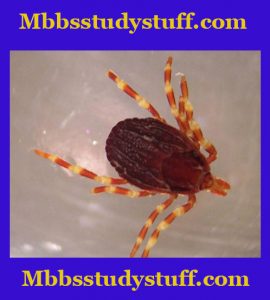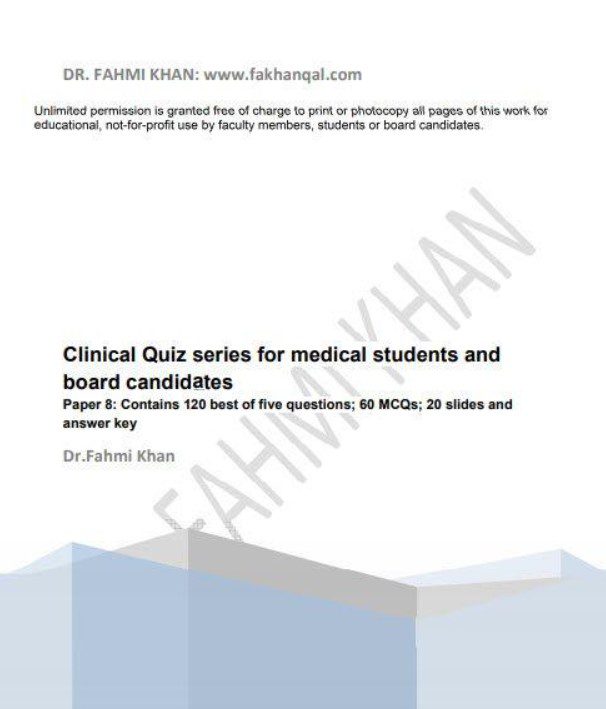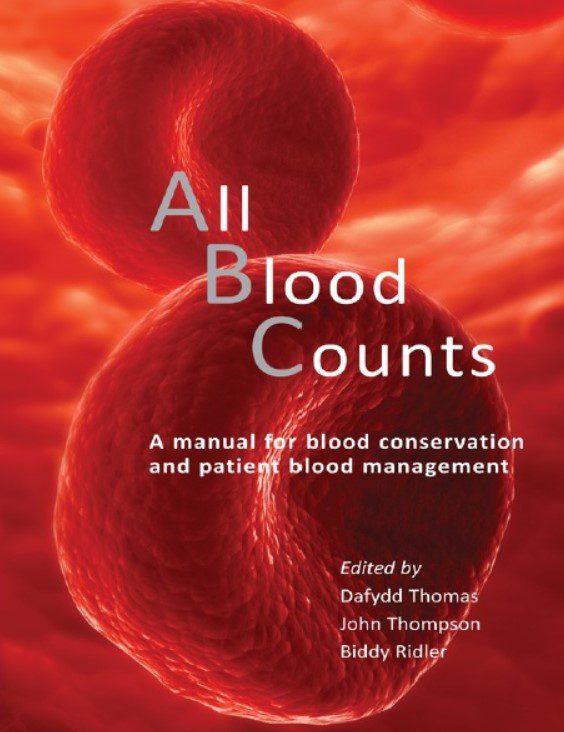CRIMEAN CONGO HAEMORRHAGIC VIRUS INFECTION AND EID:
With increasing cases of Crimean-Congo Haemorrhagic Fever in the country and Eid around the comer, this season we must be extra vigilant to protect ourselves from this potentially fatal infection.
Remember Crimean-Congo Haemorrhagic Fever is spread by the bite of ticks which have fed on an infected animal or from exposure to blood or tissues during or immediately after slaughtering an infected animal.

Please note that an infected animal may appear healthy and that eating or preparing meat from an infected animal is safe.
To protect yourself and your loved ones follow these simple steps:
When buying or caring for animals:
1. Wear light coloured, qurbani full sleeve clothes (ideally buttoned) and shoes with socks.
2. You may apply any insect repellent on the exposed areas of the body.
3. Take a shower and change your clothes as soon as you return home.
During Qurbani:
- if possible cover your mouth and nose during the Qurbani .
- If your hands are blood stained do not rub your eyes or nose.
- Try to keep your hands clean by washing frequently If soap and water is not available then use plain water or a tissue to clean as much blood as possible and use any commercially available alcohol hand rub.
Smptoms:
- The initial symptoms of Crimean-Congo Haemorrhagic fever include sudden onset of high fever with muscle aches. backache and headache.
- Symptoms will usually develop about 1 to 3 days after exposure to ticks (rarely up to 9 days) and 5 to 7 days after exposure to blood (rarely up to 14 days).
- However, please note that as a number of other infections (including Dengue) have similar symptoms and if you feel you may have been exposed to or have symptoms of Crimean-Congo Haemorrhagic fever. please contact your health-care provider.








Hmm Thanks for sharing such good information with us.
You most welcome jordan. Keep Visiting For more interesting Stuffs.